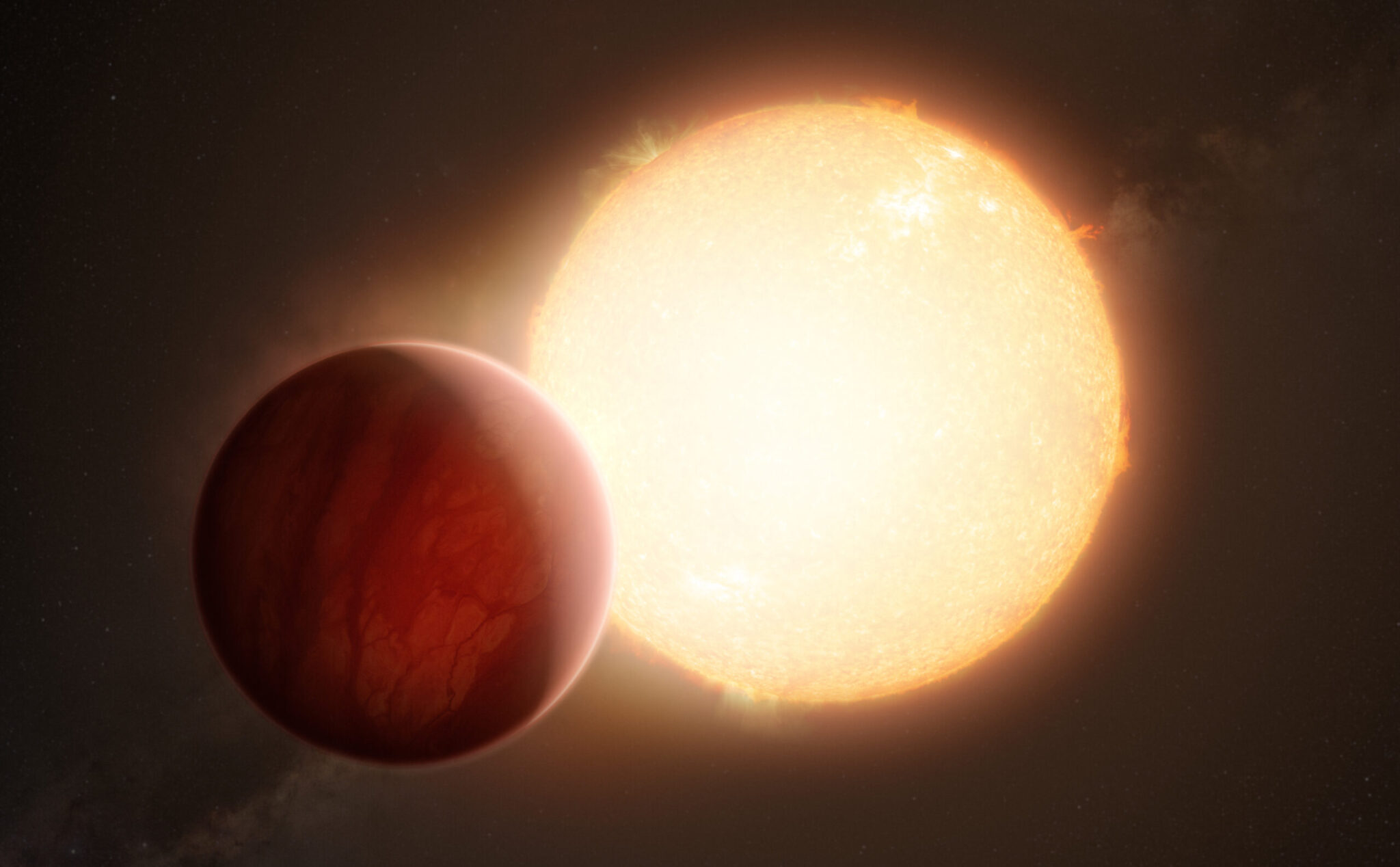Determining the age of planets and stars is an important aspect of astronomical research that helps scientists understand the processes of their formation, evolution and development. This task, however, is extremely difficult, since the objects of space are far away from us and have their own characteristics. Adam Burgasser, professor of astronomy and astrophysics at the University of California, San Diego, spoke in his article for The Conversation about various methods for determining the age of planets and stars, as well as their limitations.

Gyrochronology
Stars like our Sun have unique properties that persist for billions of years. However, these properties can be used by astronomers to estimate their age. For example, stars imperceptibly change their brightness and color over time. With the help of precise measurements, astronomers can compare these characteristics with mathematical models describing the evolution of stars and determine their age. Gyrochronology is a method based on observations of the deceleration of the rotation of stars over time.
The magnetic activity of stars is also an indicator of their age. The rotation of the star causes a magnetic field and stellar flares, observations of which can draw conclusions about the age of the star. Observations of these processes allow us to establish the approximate age of the star.
How the age of the Sun was found out
Asteroid science is another powerful method of determining the age of stars. Astronomers study vibrations on the surface of stars caused by waves passing through their interior. Young and old stars have different vibrational patterns, and this helps to establish their age. For example, using asteroid science, scientists estimated the age of our Sun at 4.58 billion years.
Determining the age of planets
As for the planets, determining their age is less difficult compared to the stars. In the Solar System, for example, radionuclides are used for this – atoms that slowly release energy. Their measurements allow us to determine the age of planets and other objects, such as meteorites. According to this method, the oldest known meteorite is approximately 4.57 billion years old, which almost coincides with the age of the Sun.
Studying craters on the surface of planets can also provide important clues about their age. Older surfaces have more craters because they have been exposed to space objects for many billions of years. However, erosion and natural factors can erase evidence of these craters over time, making age determination less accurate.
For giant planets like Jupiter, surface-based methods don’t work. However, astronomers can use data about their moons and the distribution of meteorites reaching their atmosphere to determine the age of these planets.
Unsolved issues
Summarizing, determining the age of planets and stars is a difficult task, and scientists use various methods, such as gyrochronology, magnetic activity studies, asteroid science and radionuclides, to roughly estimate the time of their existence.
Each of these methods has its advantages and limitations, and they help astronomers better understand the evolution and history of objects in the Universe. However, beyond our Solar System, age determination remains a difficult task, as the available data is limited to photographs and remote observations.
Earlier we reported on how astronomers weighed the Universe.
Follow us on Twitter to get the most interesting space news in time
https://twitter.com/ust_magazine

